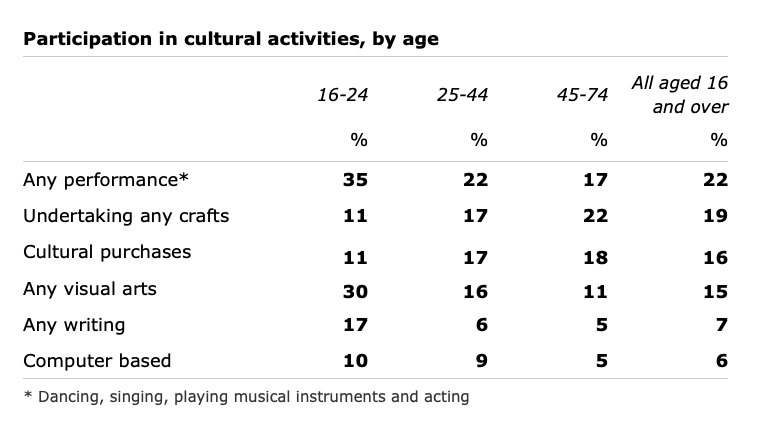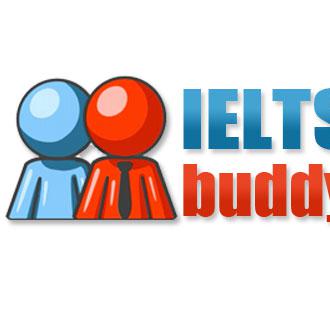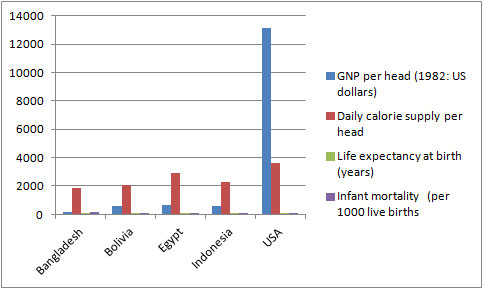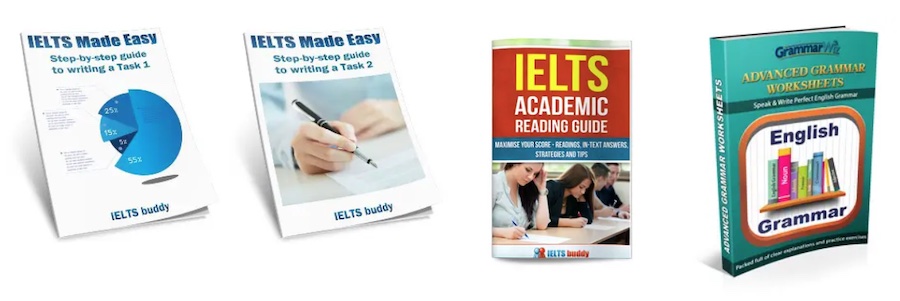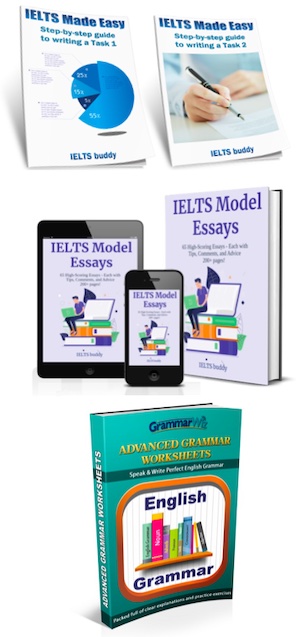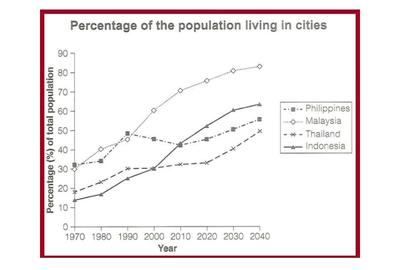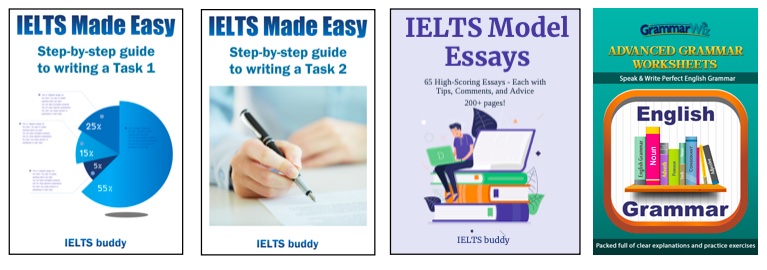- Home
- Sample Graphs
- Ielts Tables
IELTS Tables
IELTS tables are another way of visually displaying comparative data. This sample is comparing the spending of five countries in Europe.
What you should notice is that the table is not over time. This means that you need to focus on the language of comparing and contrasting.
Remember to also see if there is any way that you can group the data - this will help you to write a well organized response.
Model Graph
You should spend about 20 minutes on this task.
The table illustrates the proportion of monthly household income five European countries spend on food and drink, housing, clothing and entertainment.
Summarise the information by selecting and reporting the main features and make comparisons where relevant.
Write at least 150 words.
Proportion of household income five European countries spend on food and drink, housing, clothing and entertainment
| Food and drink | Housing | Clothing | Entertainment | |
|---|---|---|---|---|
| France | 31% |
7% |
13% |
|
| Germany | 22% |
33% |
15% |
19% |
| UK | 27% |
37% |
11% |
11% |
| Turkey | 36% |
20% |
12% |
10% |
| Spain | 31% |
18% |
8% |
15% |
IELTS Tables - Model Answer
The table shows the amount of household income that five countries in Europe spend per month on four items. Overall, it is evident that all five countries spend the majority of their income on food and drink and housing, but much less on clothing and entertainment.
Housing is the largest expenditure item for France, Germany and the UK, with all of them spending around one third of their income on this, at 30%, 33% and 37%, respectively. In contrast, they spend around a quarter on food and drink. However, this pattern is reversed for Turkey and Spain, who spend around a fifth of their income on housing, but approximately one third on food and drink.
All five countries spend much less on the remaining two items. For clothing, France and Spain spend the least, at less than 10%, while the other three countries spend around the same amount, ranging between 11% and 15%. At 19%, Germany spends the most on entertainment, whereas UK and Turkey spend approximately half this amount, with France and Spain's spending between those other three nations.
(180 Words)
Comments
With IELTS tables, as with any academic task 1, you need to make sure you select and present the information in a clear, coherent, and logical way.
There is usually more than one choice of ways to do this so not every answer will be the same, but in this case it can be seen that more is spent on the first two items in the IELTS table.
So one coherent way to organise the data is to have:
- one body paragraph about the first two columns
- a second about the third and fourth column
This is what has been done in this IELTS table, and it is therefore easy for the examiner to follow.
It shows that the candidate knows how to draw out the key trends from the data and make comparisons in order to present it in a logical way.
Comments
Any comments or questions about this page or about IELTS? Post them here. Your email will not be published or shared.
Band 7+ eBooks
"I think these eBooks are FANTASTIC!!! I know that's not academic language, but it's the truth!"
Linda, from Italy, Scored Band 7.5
